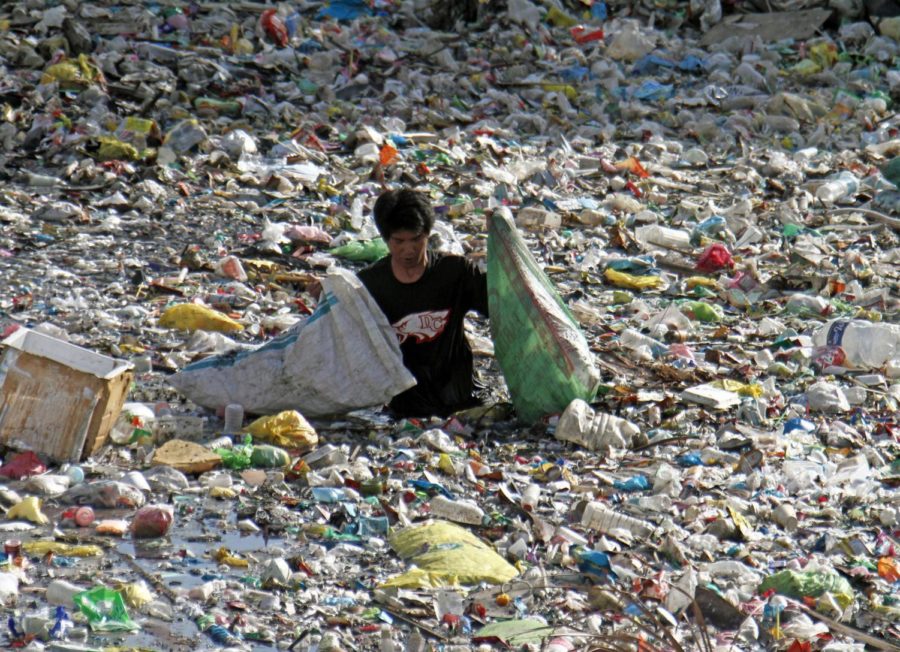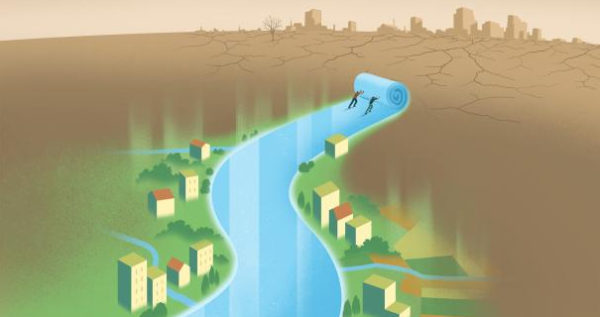Ocean Pollution
More than 70% of the Earth is covered with water bodies that play an important role in our day-to-day life and form an indispensable part of our existence.
The ocean plays an important role for every human on Earth. It provides over 70% of the oxygen we breathe and around 97% of the world’s water supply. Every day the ocean is attacked by any kind of pollution. “ Water and air, the two essential fluids on which all life depends, have become global garbage cans,” said Jacques Cousteau. Also, 30% of CO2 emissions produced by humans are absorbed by the ocean.
The Great Pacific Garbage Patch (GPGP) is the largest offshore plastic accumulation zone in the world’s ocean. It is located between California and HawaÏ. The GPGP covers around 1.6 million square kilometers, which is about twice the size of Texas or four times the size of France.
It is estimated that 1.15 to 2.41 million tonnes of plastic are ending up in the ocean by rivers. Also, more than half of the plastic will not sink because it is less dense than the ocean water. “Did you know that approximately 1.4 billion pounds of trash per year enter the ocean?” Source: NOAA.
In the GPGP a total of 1.8 trillion plastic pieces were estimated to be floating in a single patch. Besides, a plastic count is equivalent to 250 pieces of debris for every human living on the Earth. While 1.8 trillion is a midrange value for the total count, their calculations estimated that it may range between 1.1 and 3.6 trillion pieces.
The principal causes of ocean pollution are the dumping of sewage, land runoff, industrial chemicals, ocean acidification, thermal pollution, oil spills, plastic, and many others.
This year, The Ocean Cleanup is trying a new method to clean up the Great Pacific Garbage Patch. Models show that their new method could clean up to 50% in the next five years and remove 90% of ocean plastic by 2040.
Chemicals such as oil, mercury, lead, pesticides, and other heavy metals contaminate water supplies and our food chains present in marine life.






